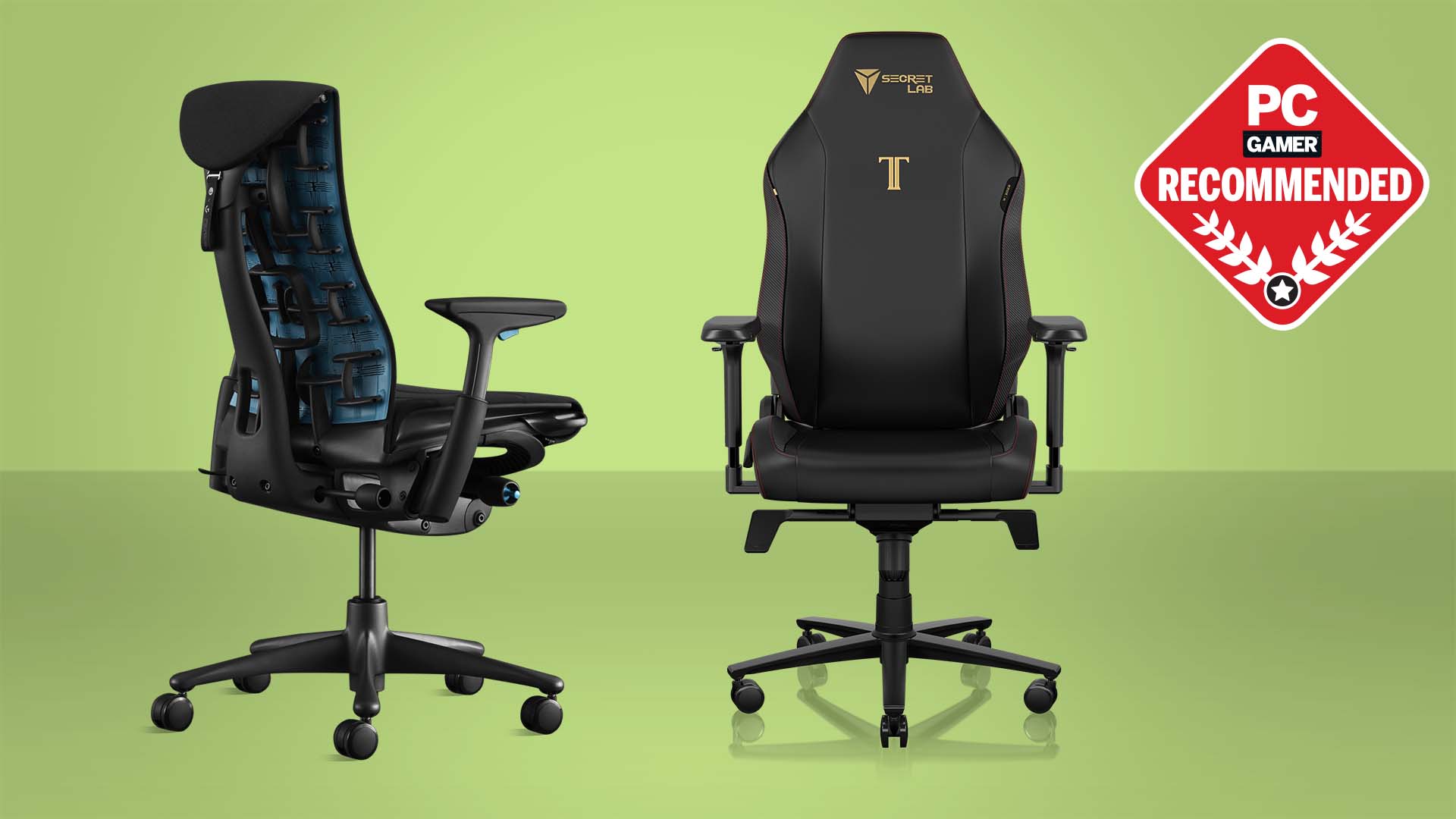Ergonomics and Teen Body Types

Choosing the right gaming chair for a teenager isn’t just about comfort; it’s about supporting their developing bodies and promoting healthy posture. Teenagers spend significant time sitting, whether studying, gaming, or socializing, making the right chair crucial for long-term health. This section will explore the ergonomic considerations specific to teenagers and how different chair styles cater to their needs.
Best gaming chair for teenager – Proper ergonomics is especially vital during adolescence, as the spine is still developing. Poor posture can lead to long-term back problems, neck pain, and other musculoskeletal issues. A supportive chair should promote a neutral spine alignment, where the natural curves of the back are maintained. Key features include adjustable lumbar support to fill the inward curve of the lower back, adjustable height to ensure feet are flat on the floor, and armrests that allow for proper elbow positioning (typically at a 90-degree angle).
Ergonomic Needs of Younger vs. Older Teenagers
Younger teenagers (13-15) are still experiencing significant growth spurts. Their bodies are changing rapidly, and their posture may be less developed. They may need more frequent adjustments to their chair as they grow. A chair with a wide range of adjustability, including height, backrest angle, and armrest positioning, is ideal. Older teenagers (16-18) are generally closer to their adult height and body shape, although their posture still requires attention. While adjustability remains important, focus should also be on providing sufficient support for their larger and potentially heavier frames. Durability and robust construction are crucial considerations for this age group.
Comparison of Gaming Chair Styles for Teenagers, Best gaming chair for teenager
The following table compares three popular gaming chair styles regarding their suitability for teenage bodies. Note that individual needs may vary, and a trial period or careful consideration of features is always recommended.
| Chair Style | Suitability for Younger Teens (13-15) | Suitability for Older Teens (16-18) | Ergonomic Features |
|---|---|---|---|
| Racing Style | Moderately suitable; offers good support but may lack adjustability for rapid growth spurts. | Generally suitable; provides good support for larger bodies, but check for adjustability. | Often includes adjustable height and backrest recline; lumbar support may be less adjustable or less pronounced than in ergonomic chairs. |
| Ergonomic Style | Highly suitable; offers extensive adjustability to accommodate growth and changing posture. | Highly suitable; provides excellent support and adjustability for various body types and sizes. | Typically features adjustable lumbar support, headrest, armrests, and backrest angle; often includes features like breathable materials for enhanced comfort. |
| Kneeling Style | Generally unsuitable; may be uncomfortable and may not provide adequate support for developing spines. Not recommended for prolonged use. | Generally unsuitable; similar issues as for younger teens; better suited for short periods of use. | Encourages a more upright posture, but can place excessive strain on knees and hips if used for extended periods. Lacks significant back support. |
Durability and Material Considerations: Best Gaming Chair For Teenager

Choosing a gaming chair that can withstand the rigors of teenage life is crucial. Teenagers often spend many hours seated, sometimes engaging in enthusiastic gaming sessions or simply relaxing. The chair needs to be tough enough to handle this frequent use and still provide comfortable support. The durability of your gaming chair largely depends on the materials used in its construction. Let’s explore some common materials and their pros and cons.
The materials used in a gaming chair directly impact its lifespan and comfort. Different materials offer varying degrees of durability, breathability, and ease of maintenance. Understanding these differences will help you choose a chair that meets your needs and budget.
Material Comparison: Leather, Fabric, and PU Leather
Three primary materials dominate the gaming chair market: genuine leather, fabric, and PU (polyurethane) leather. Each has its strengths and weaknesses regarding durability and maintenance.
Genuine Leather: Genuine leather is known for its luxurious feel, breathability (relatively speaking), and durability. High-quality leather chairs can last for many years with proper care. However, genuine leather is expensive and requires regular cleaning and conditioning to prevent cracking and fading. Expect some natural wear and tear, such as scratches and scuffs, over time, especially with frequent use. Exposure to direct sunlight can also cause fading. Cleaning usually involves specialized leather cleaners to avoid damage.
Fabric: Fabric gaming chairs offer a wide range of styles and price points. They are generally more affordable than leather options. Durability varies greatly depending on the type of fabric used; some fabrics are more resistant to wear and tear than others. For example, a durable polyester blend will likely outperform a delicate cotton blend. Fabric chairs are relatively easy to clean; most spills can be wiped up with a damp cloth. However, fabric can be prone to staining, especially from drinks or food. Wear and tear might manifest as piling or fraying at high-stress points like the seams.
PU Leather: PU leather is a synthetic material designed to mimic the look and feel of genuine leather. It’s a popular choice for gaming chairs due to its affordability and relative durability. PU leather is typically easier to clean than genuine leather and is more resistant to scratches and scuffs. However, PU leather is not as breathable as genuine leather and can feel less comfortable in warmer climates. Over time, PU leather can crack or peel, especially if exposed to extreme temperatures or excessive friction. The lifespan of a PU leather chair is generally shorter than a genuine leather chair, but significantly longer than many fabric options, depending on the quality of the PU material.
